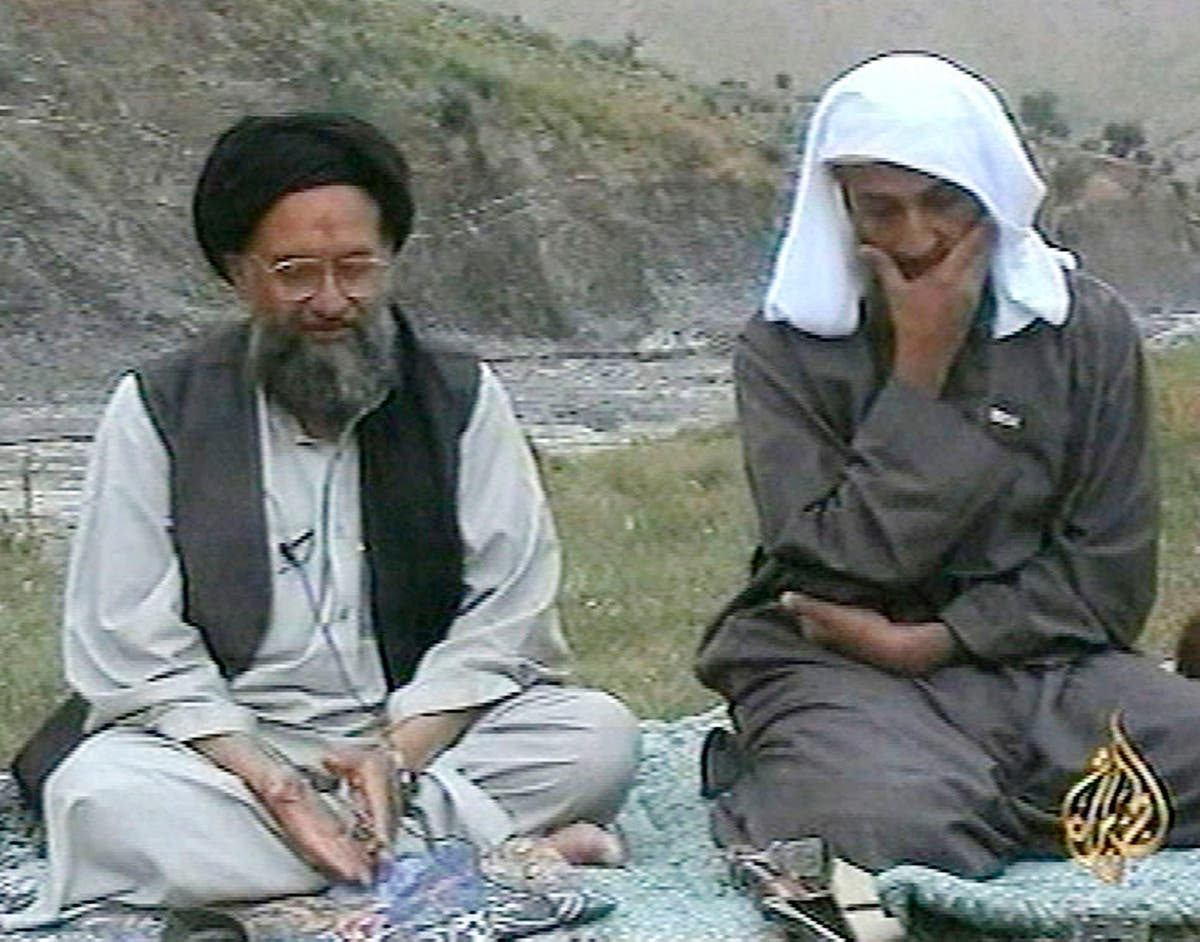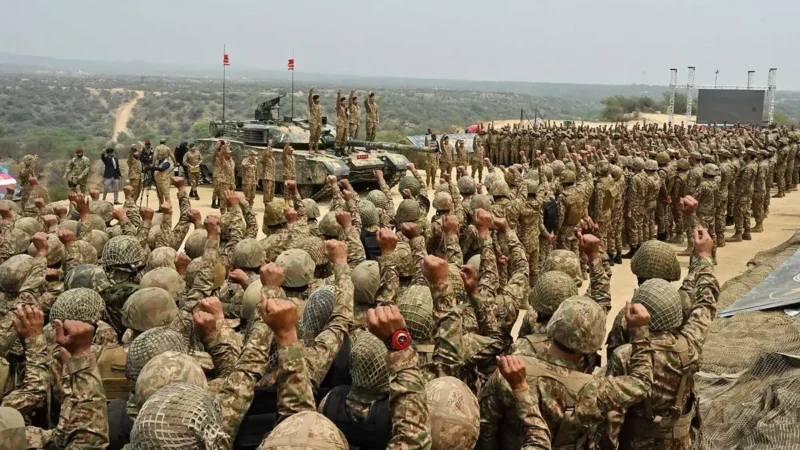EXPLAINER: Who was al-Zawahri — and why did US kill him?

For free real time breaking news alerts sent straight to your inbox sign up to our breaking news emails Sign up to our free breaking news emails Please enter a valid email address Please enter a valid email address SIGN UP I would like to be emailed about offers, events and updates from The Independent. Read our privacy notice Thanks for signing up to the
Breaking News email {{ #verifyErrors }}{{ message }}{{ /verifyErrors }}{{ ^verifyErrors }}Something went wrong. Please try again later{{ /verifyErrors }}
A U.S. drone strike in Afghanistan this weekend killed Ayman al-Zawahri, who helped Osama bin Laden plot the Sept. 11, 2001, attacks on the United States and ensured al-Qaida survived and spread in the years after. President Joe Biden on Monday announced the killing of al-Zawahri, delivering a significant counterterrorism win just 11 months after American troops left the country.
A look at the al-Qaida leader, who evaded U.S. capture for 21 years after the suicide airliner attacks that in many ways changed America and its relations with the rest of the world.
WHO WAS AYMAN AL-ZAWAHRI?
Americans who lived through the 9/11 attacks may not remember al-Zawahri’s name, but many know his face more than two decades on: a man in glasses, slightly smiling, invariably shown in photos by the side of bin Laden as the two arranged the strike on the United States.
An Egyptian, al-Zawahri was born June 19, 1951, to a comfortable family in a leafy, drowsy Cairo suburb. Religiously observant from boyhood, he immersed himself in a violent branch of a Sunni Islamic revival that sought to replace the governments of Egypt and other Arab nations with a harsh interpretation of Islamic rule.
Al-Zawahri worked as an eye surgeon as a young adult, but also roamed Central Asia and the Middle East, witnessing Afghans’ war against Soviet occupiers in that country, and meeting young Saudi Osama bin Laden and other Arab militants rallying to help Afghanistan expel Soviet troops.
He was one of hundreds of militants captured and tortured in Egyptian prison after Islamic fundamentalists’ assassination of President Anwar Sadat in 1981. Biographers say the experience further radicalized him. Seven years later, al-Zawahiri was present when bin Laden founded al-Qaida.
Al-Zawahri merged his own Egyptian militant group was al-Qaida. He brought al-Qaida the organizational skill and experience — honed underground in Egypt, evading Egyptian intelligence — that allowed al-Qaida to organize cells of followers and strike around the world.
WHY WAS AL-ZAWAHRI IMPORTANT?
After the years of quietly assembling the suicide attackers, funds and plans for the Sept. 11 attack, Zawahri ensured that al-Qaida survived the global manhunt that followed to attack again.
On the run after 9/11, al-Zawahri rebuilt al-Qaida leadership in the Afghan-Pakistan border region and was the supreme leader over branches in Iraq, Asia, Yemen and beyond. With a credo of targeting near and far enemies, al-Qaida after 9/11 carried out years of unrelenting attacks: in Bali, Mombasa, Riyadh, Jakarta, Istanbul, Madrid, London and beyond. Attacks that killed 52 people in London in 2005 were among al-Qaida’s last devastating attacks in the West, as drone strikes, counterterror raids and missiles launched by the U.S. and others killed al-Qaida-affiliated fighters and shattered parts of the network.
HOW WAS HE KILLED?
Around sunrise Sunday, Al-Zawahri came outside on the balcony of a house in Kabul, Afghanistan, and apparently lingered there, as U.S. intelligence had noted he often did. On this day, a U.S. drone fired two Hellfire missiles at the al-Qaida leader as he stood, according to U.S. officials, speaking on condition of anonymity to discuss the strike.
His presence in Afghanistan had been widely suspected for some time, analysts said. U.S. officials learned this year that Zawahri’s wife and other family members had moved to a safe house in Kabul recently. Zawahri soon followed, the senior administration officials said.
U.S. officials, joined by top leaders all the way up to, eventually, Biden, spent careful months confirming his identity — and his fateful practice of standing alone on that same balcony — and planned the strike.






